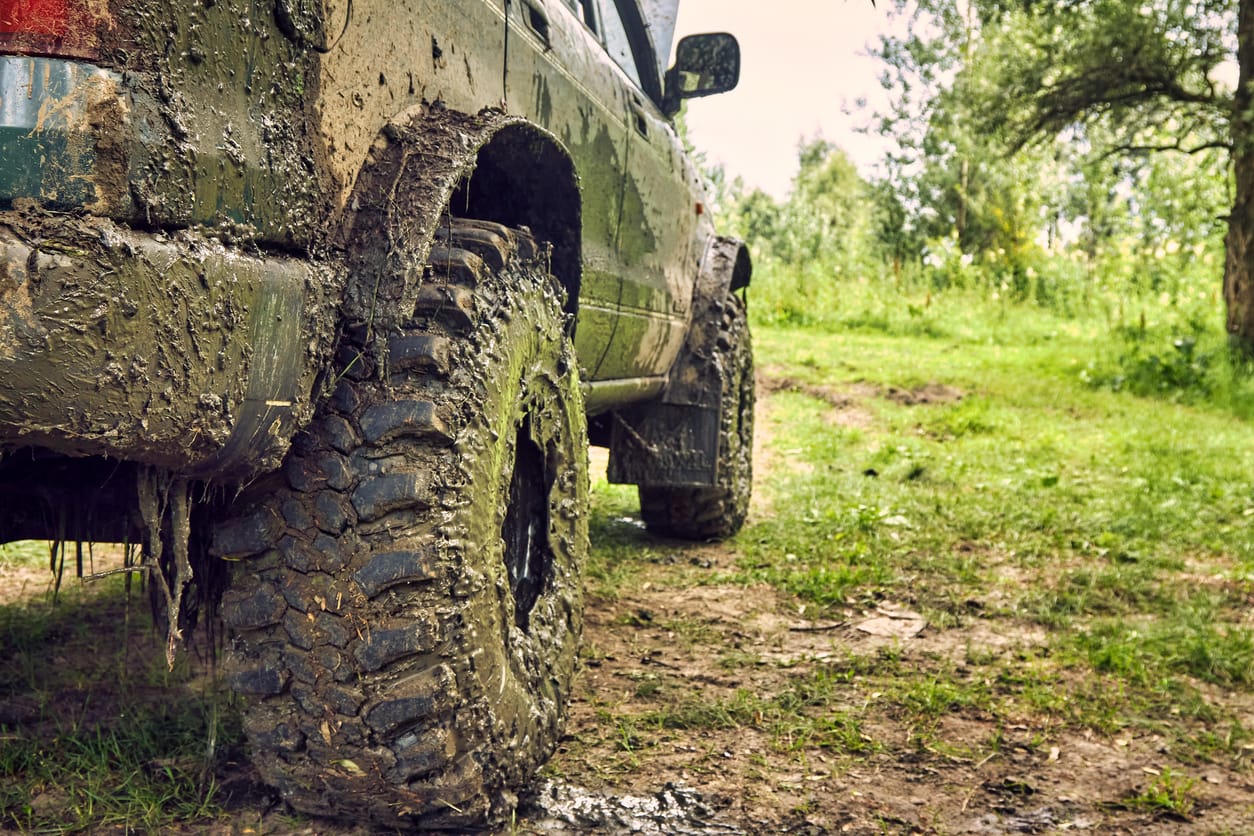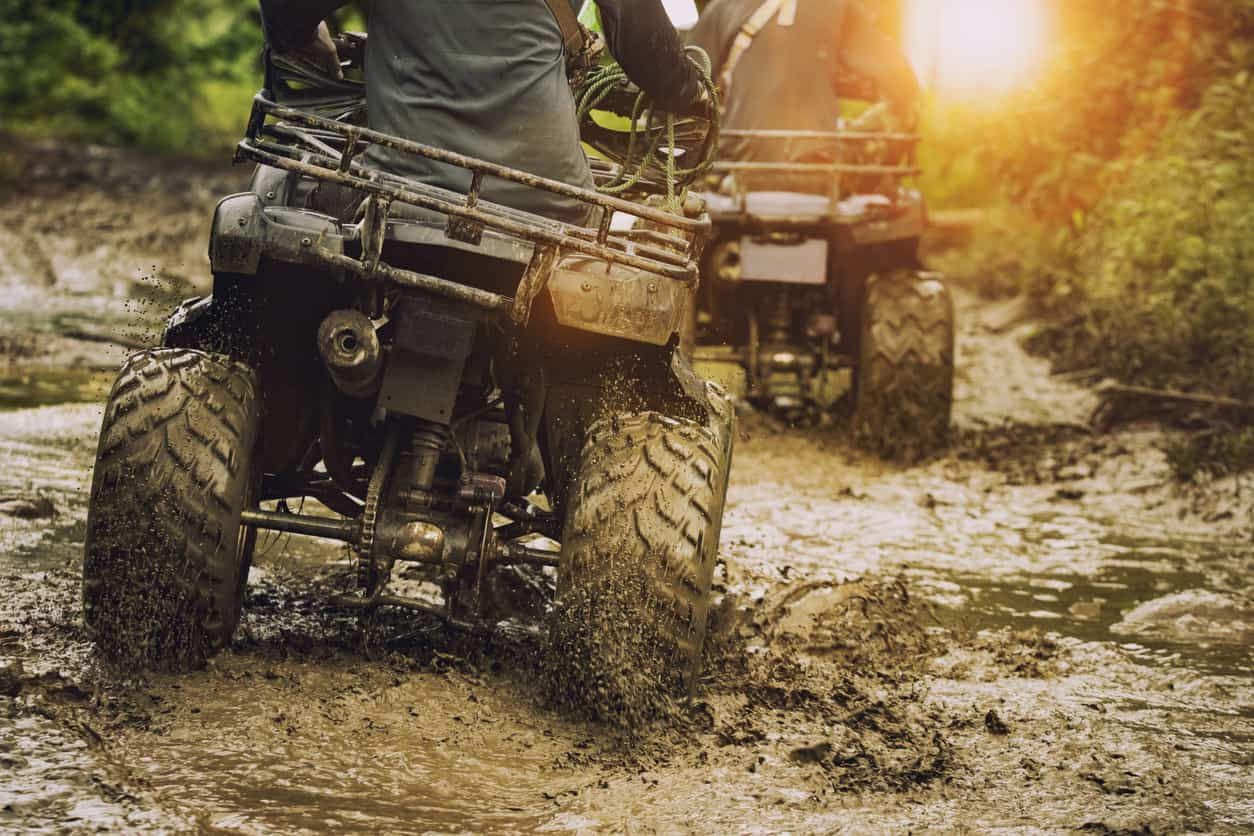Introduction Navigating the diverse terrain of the United States requires more than just a sturdy vehicle; it calls for strategic planning, especially if you’re shipping that vehicle. From the Rocky Mountains to the roaring rivers of the Midwest, off-road vehicle shipping presents unique challenges. In this article, we’ll guide you through every twist and turn of the journey.
The Allure of Off-Roading in America The US, with its vast landscapes, offers off-roading enthusiasts myriad opportunities. From the dunes of California to the woods of the Northeast, the terrain varies as widely as the vehicles designed to conquer them. This variety, however, poses logistical challenges when it comes to transporting these off-road beasts from one state to another.
Understanding the Basics: What Makes Off-Road Vehicles Unique? Off-road vehicles, by design, are built to withstand rough terrains. They often come equipped with reinforced suspensions, larger tires, and enhanced safety features. Consequently, transporting them is different from moving a regular sedan or hatchback.
Factors Influencing Off-Road Vehicle Shipping Numerous factors influence the process of shipping off-road vehicles:
- Terrain and Weather: The route’s topography and current weather conditions can heavily impact the shipping duration and cost. For instance, transporting a vehicle through the Rocky Mountains during winter might necessitate additional preparations.
- Vehicle Dimensions: Larger vehicles may require specialized shipping trucks or containers, potentially increasing the price.
- Distance: Naturally, the farther you need to ship, the more it may cost. Additionally, more extended distances might involve multiple carriers or transfer points, which can complicate the shipping process.
Choosing the Right Shipping Company: What to Look For Selecting a company to trust with your precious cargo shouldn’t be taken lightly. Here’s what you should consider:
- Experience with Off-Road Vehicles: Ensure the company has prior experience with off-road vehicles. This ensures they understand the unique needs and challenges involved.
- Insurance and Licenses: Always verify that the company is licensed and insured to operate in the states you’re shipping to and from.
- Customer Reviews: Word of mouth remains one of the best indicators of a company’s reliability. Look for reviews, particularly those from other off-road enthusiasts.
Preparing Your Vehicle for Shipping Before shipping, preparations are essential to ensure your vehicle’s safety:
- Document Existing Damage: Take clear photos of your vehicle from various angles. This aids in any potential insurance claims.
- Secure Loose Items: Remove or secure any loose items in or on the vehicle. This includes equipment, accessories, or personal belongings.
- Check Fluid Levels: Ensure that all the fluids, including gas, are at appropriate levels.
Shipping Costs: Breaking Down the Expenses Several factors contribute to the overall cost of shipping your off-road vehicle:
- Pick-up and Drop-off Locations: Shipping from and to urban areas tends to be cheaper due to better access. Conversely, more remote or rugged terrains may incur additional costs.
- Vehicle Size and Weight: Heavier and bulkier vehicles generally cost more to transport due to the specialized equipment required.
- Shipping Method: Enclosed shipping offers more protection but comes at a premium. Open transport, while more affordable, exposes your vehicle to the elements.
Safety Precautions during Transit During transit, your vehicle’s safety is paramount:
- GPS Tracking: Opt for companies that offer real-time GPS tracking, allowing you to monitor your vehicle’s journey.
- Regular Updates: Ensure the shipping company provides regular status updates, preferably through email or text.
- Emergency Contacts: Have a list of emergency contacts ready, both from the shipping company and local authorities in the shipping route’s states.
Conclusion Shipping off-road vehicles across the diverse terrains of America is no mean feat. By understanding the intricacies involved, choosing the right shipping company, and taking necessary precautions, you can ensure a smooth journey for your beloved off-roader.
FAQ
- How long does it typically take to ship an off-road vehicle across states?
The duration varies depending on the route, weather conditions, and the shipping method chosen. On average, coast-to-coast shipping can take 7-14 days. - Is it safe to leave personal items in my vehicle during shipping?
While it’s technically possible, it’s advisable to remove all personal belongings for added security. The shipping company’s insurance might not cover personal items.





